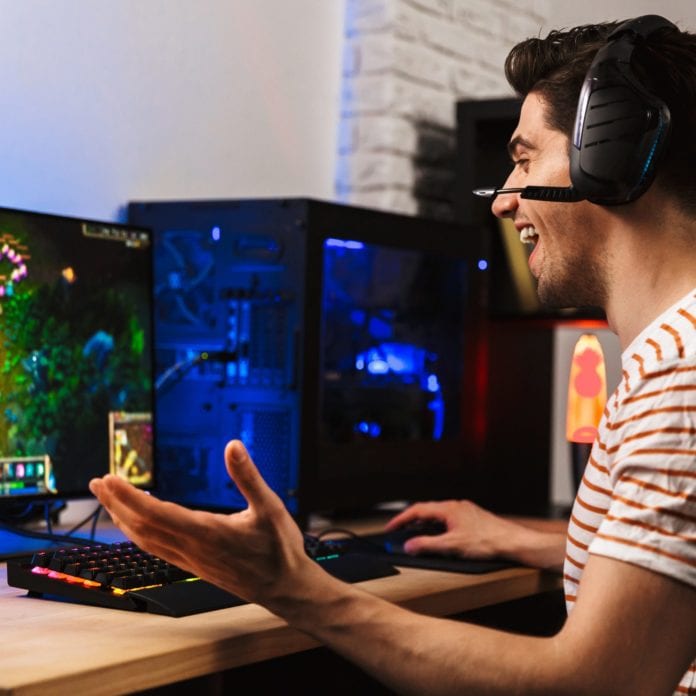Google will no longer make games in-house for its Stadia gaming platform
It’s been two nearly years since Google launched its Stadia gaming platform designed specifically for streaming. At the time of the launch, Google also announced Stadia Games and Entertainment (SG&E), its internal game development service, a new business division responsible for making games for the platform. But now, the company revealed that it’s calling it quits on game development because it turns out it’s too hard and expensive, even for a giant like Google.
“Creating best-in-class games from the ground up takes many years and significant investment, and the cost is going up exponentially,” Phil Harrison, Stadia’s vice president and GM, wrote in a blog post. “Over the coming months, most of the SG&E team will be moving on to new roles.”
Given how much gaming, particularly in the mobile and streaming categories, is predicted to grow in the next few years, and the numerous new incumbents trying to break into the market, it’s no surprise that Google is finding the cost of high-quality game development “going up exponentially.”
Everybody, from other big tech firms like Amazon, Apple and Microsoft, to telecom companies to network architecture vendors, is looking to get a piece of the gaming pie.
Harrison assured existing Stadia users that very little of their experience will be impacted, commenting that players can still access all of their games on the platform, as well as new titles from third parties.
Harrison also explained that while Google will no longer make games, it is “expanding [its] efforts to help game developers and publishers take advantage of [its] platform technology and deliver games directly to their players.”
While not a telecom operator, Google’s gaming trajectory brings to mind a report conducted by Strategy&, which laid out four ways for telecom operators to get involved in this market, two of which are relevant here.
The deepest of the four ways to get involved, according to the report, is called the “advanced developer play,” which refers to the operator — or in the case, the tech company — developing and launching its own games and products. Another strategy, called initial developer play, is when these companies establish partnership with and provide support for established game developers.
It appears that Google attempted the first strategy, found it too costly and time-consuming, and is now respawning as an industry partner for developers. It’s hard not to feel as if Google bit off more than it could chew. Seasoned game developers probably aren’t surprised that Google is finding it hard to make quality games, just as those in the fiber industry didn’t get their minds blown when Google’s fiber venture didn’t amount to much. Oh, and let’s not forget the 2012 shutdown of Google Health.
Perhaps it’s unfair to rag on Google, because it isn’t the only one finding it hard to break into gaming. Amazon tried and quickly fell short of its mission to release a free-to-play game in a similar genre as “Fortnite,” announcing in October that the game would be shut down. And in June 2020, Microsoft said it is shutting down its video game streaming platform Mixer after it failed to live up to the hype.
With this most recent setback, it is becoming increasingly clear that big tech talked a big game and might just have to console themselves with their role as middlemen between developers and gamers.

